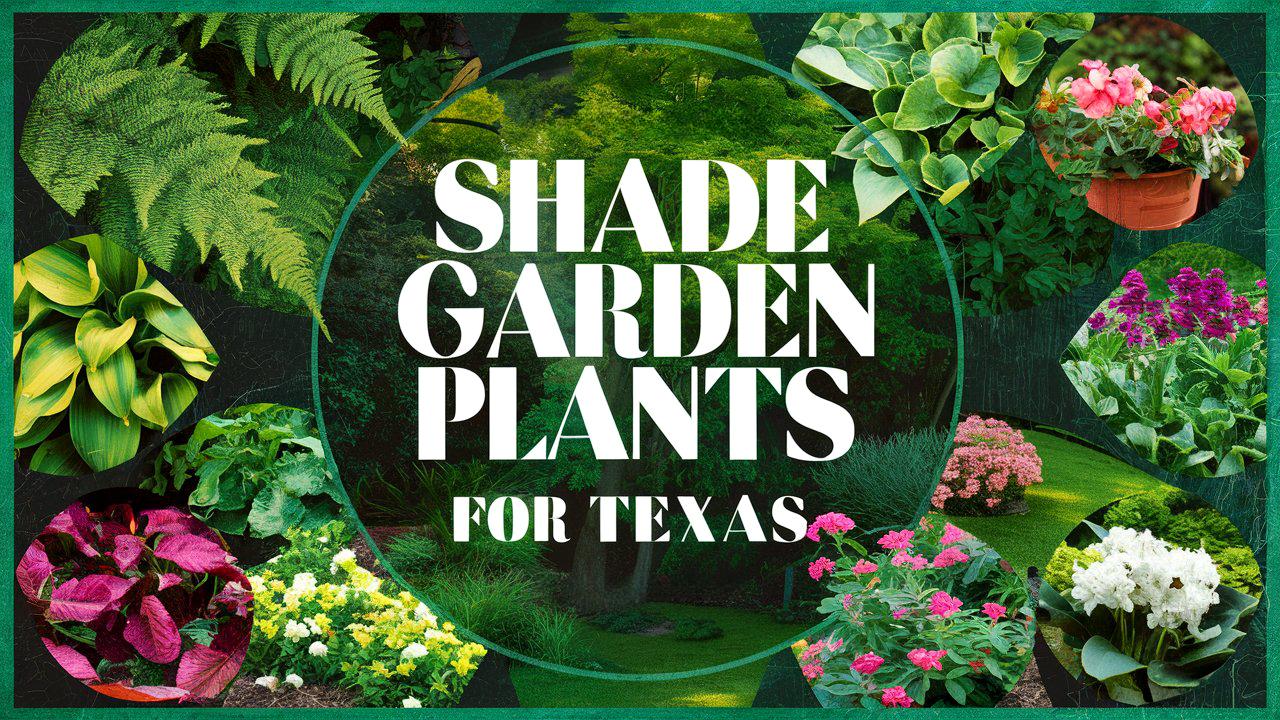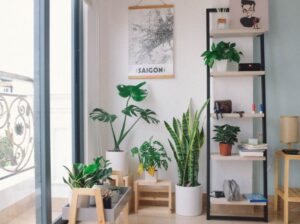Creating a vibrant and thriving shade garden in Texas can be both rewarding and challenging, given the state’s diverse climate and often intense sunlight. However, with the right knowledge and plant selection, you can enjoy a beautiful and lush garden even in shaded areas.
In this article, we’ll explore a variety of shade-loving plants that thrive in Texas, allowing you to cultivate your own tranquil oasis beneath the trees.
Cast Iron Plant
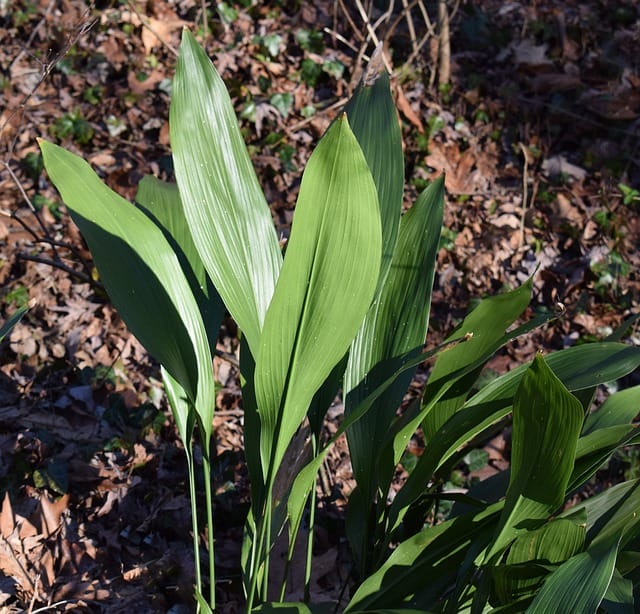
First on our list is the Cast Iron Plant (Aspidistra elatior). True to its name, this hardy perennial thrives in less-than-ideal conditions, making it an excellent choice for beginners. Its dark green, leathery leaves can grow up to two feet tall and can withstand neglect, drought, and even low light levels.
Creating a shadier spot in your garden? The Cast Iron Plant will flourish there, adding an evergreen touch throughout the seasons. Not only does it tolerate dry spells, but it also thrives in the somewhat humid conditions typical of Texas summers. For those new to gardening, the Cast Iron Plant is low-maintenance, requiring only occasional watering and minimal care. This allows you to learn the ins and outs of gardening without feeling overwhelmed.
Oakleaf Hydrangea
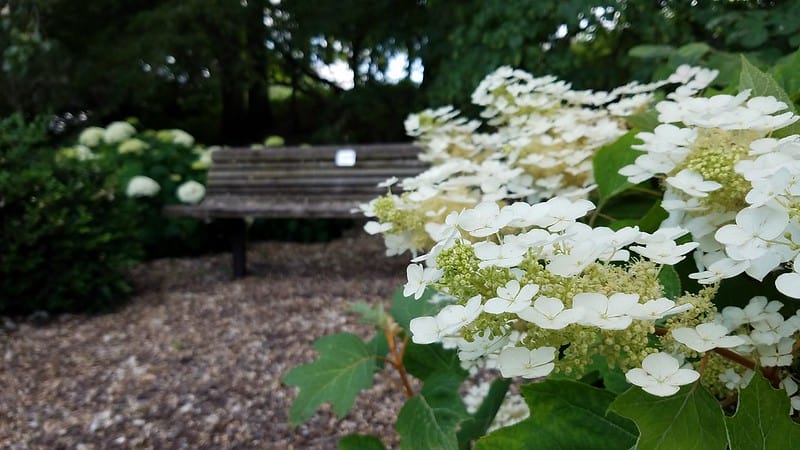
Next, we have the Oakleaf Hydrangea (Hydrangea quercifolia), a showstopper in the realm of shade plants. Known for its distinctive oak-shaped leaves, this deciduous shrub can reach up to six feet tall, making it a striking focal point in any garden design. In addition to its beautiful foliage, the Oakleaf Hydrangea produces stunning clusters of white flowers that turn pink as they age, adding a dynamic visual element.
These plants thrive in partial shade and prefer well-draining soil rich in organic matter. Oakleaf Hydrangeas are not only aesthetically pleasing but are also beneficial to local wildlife, attracting pollinators like bees and butterflies. Plus, their remarkable fall color leads to a spectacular transformation as they display shades of red and burgundy. For a Texas garden, this plant offers both beauty and durability, making it ideal for your shade garden.
Aucuba Japonica
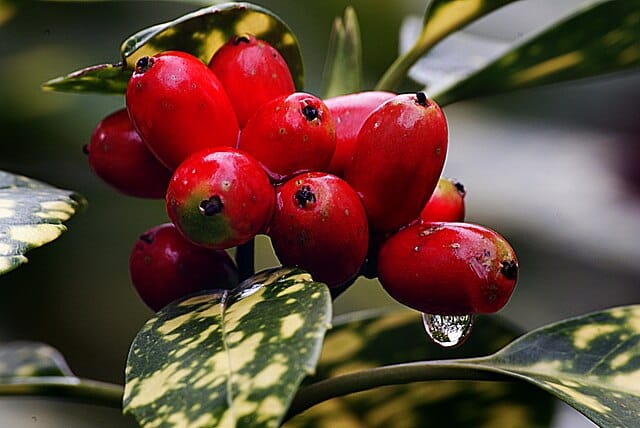
Another remarkable addition to your shade garden is Aucuba Japonica, popularly known as the Gold Dust Plant. Its glossy, dark green leaves, speckled with bright yellow dots, bring a unique texture and color contrast that can elevate the aesthetic of any garden. This evergreen shrub is incredibly resilient and can grow up to 10 feet tall, which makes it perfect for filling in larger gaps in a shady area.
Aucuba Japonica thrives in well-drained soil and can tolerate full shade, making it a prime candidate for those areas where other plants might struggle. It’s also quite low-maintenance, requiring little pruning, which is perfect for beginner gardeners who might not want to dive into extensive maintenance. Its striking foliage not only adds beauty but creates an interesting visual element that catches the eye all year round.
American Beauty
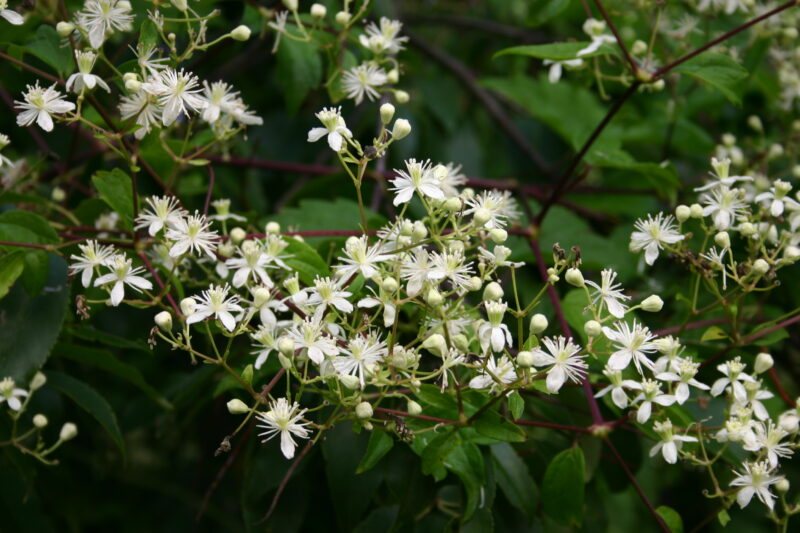
For a versatile flowering choice, consider the American Beauty (Clematis virginiana). This climbing vine is a wonderful choice for adding vertical interest to your dry shade garden, thanks to its stunning white flowers that bloom throughout the summer and could also provide the added benefit of covering unsightly areas or structures.
American Beauty thrives in moist, well-draining soil and partial shade, making it suitable for the Texas environment while keeping it lush. This plant not only offers visual appeal but also attracts bees and butterflies, helping support local ecosystems. In your garden, you can train it to grow on trellises, fences, or even around tree trunks, creating privacy and a charming cottage garden look. As a beginner, you’ll appreciate how adaptable and forgiving this plant can be.
Malvaviscus Arboreus Texas Swamp Mallow
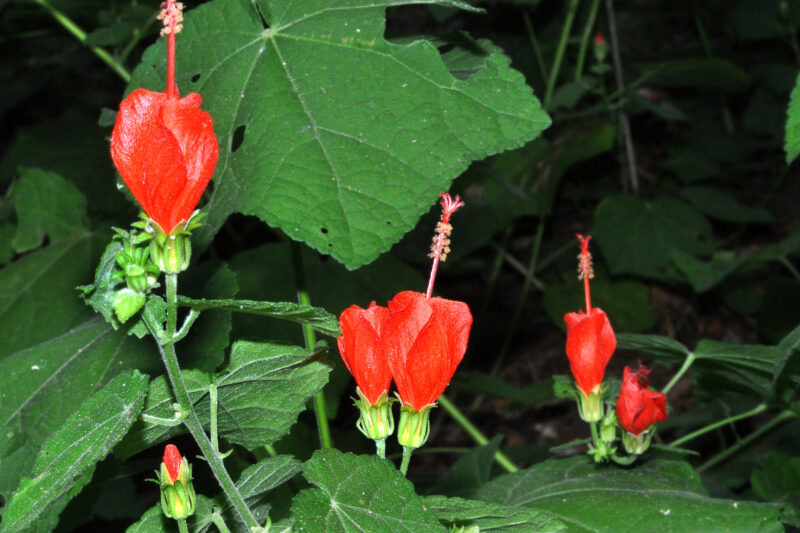
Incorporating Malvaviscus Arboreus, commonly known as the Texas Swamp Mallow, into your shade garden can provide a touch of tropical flair. This unique plant features striking red, tubular flowers that bloom throughout the summer and into the early fall, which can be a magnet for hummingbirds and other pollinators.
The Texas Swamp Mallow prefers partial shade and thrives in moist, well-drained soils. Its hardy nature can withstand Texas heat and humidity, making it an ideal addition for beginner gardeners looking for a touch of color in their shade garden. Additionally, its lush, green foliage creates a verdant backdrop that highlights its vibrant flowers. Cluster them together for a stunning display, or incorporate them among other plants to create a layered look in your garden design.
Coral Bells
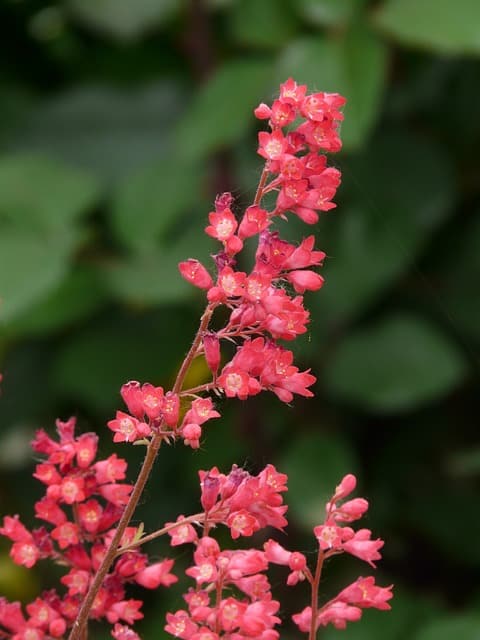
Coral Bells (Heuchera) are a fantastic choice for adding pops of color and texture to your shade garden. This perennial plant features a stunning array of leaf colors ranging from deep purple to bright lime green, which can brighten up darker areas of your garden. Coral Bells produce delicate, bell-shaped flowers on tall stalks that bloom in the late spring to early summer, attracting bees and butterflies.
These plants prefer well-draining soil and partial to full shade, making them a suitable option for Texas gardens. They are relatively low-maintenance and can tolerate dry spells once established. This makes them an excellent choice for beginners who want immediate gratification and minimal upkeep. Plant them in groups to create striking color contrasts or scatter them for a more naturalized look.
Ajuga Reptans
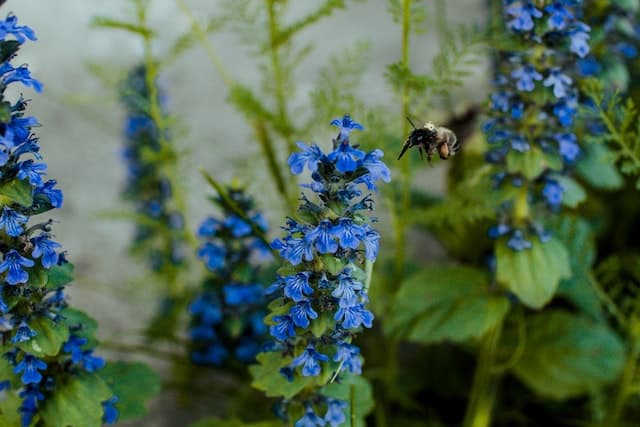
Next up is Ajuga Reptans, commonly referred to as Bugleweed. This spreading ground cover is perfect for filling in bare spots in your shade garden and can tolerate various soil types, making it beginner-friendly. Its foliage ranges from deep green to bronze or purple, and it produces small blue flowers in the spring, creating a beautiful carpet of color.
Ajuga thrives in partial to full shade and requires little maintenance, making it a hassle-free addition to your garden. Its ability to grow densely helps suppress weeds, allowing the other plants in your garden to flourish. It’s also a good choice for erosion control, and its ability to grow around tree roots makes it perfect for those tricky tree-covered areas. Whether you want to create a solid ground cover or highlight specific areas, Ajuga is a versatile option.
Hostas
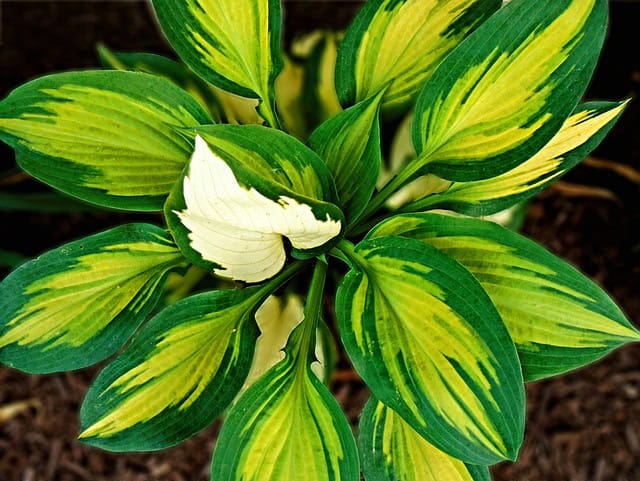
The ever-popular Hosta is a classic shade plant that every beginner gardener should consider. Renowned for their lush foliage, Hostas come in a wide variety of sizes and colors, ranging from vibrant greens to striking blues and variegated patterns. Their large leaves add a lushness to any garden while their flower spikes, which bloom in late summer, attract bees and butterflies.
Hostas are best planted in rich, well-draining soil that retains moisture but doesn’t become soggy. They thrive in partial to full shade, making them ideal for those less sunny corners in your garden. Once established, Hostas are relatively low-maintenance, but an occasional application of mulch around the roots can help retain moisture and suppress weeds. They look stunning when grouped together, creating a sense of depth and layering in your garden.
Ferns
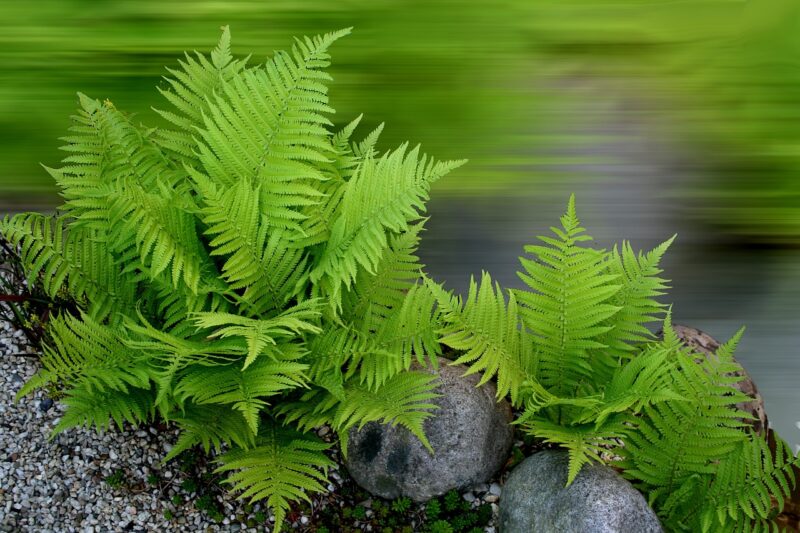
Ferns are a timeless choice for any shade garden. With their intricate fronds and varied species, they can add an element of grace and sophistication to your space. Common varieties like the Texas Tree Fern (Dicranopteris linearis) are well-suited to the Texas climate and can thrive in shady, humid areas.
Ferns prefer shady niches, rich organic soil, and consistently moist but well-drained conditions. While they are relatively low-maintenance, keeping an eye on moisture levels during the hottest summer months is essential for their health. Ferns can create a lush backdrop or fill in between other shade plants beautifully, adding texture and softness. Their delicate appearance combined with a hardiness for the shade makes them a quintessential choice for any beginner gardener.
David Austin Roses
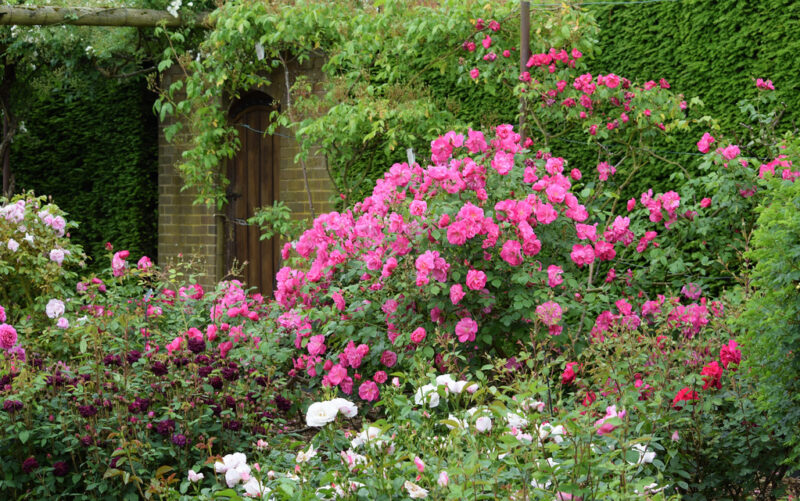
While roses are often associated with sun, certain varieties, such as the David Austin Roses, can thrive in partial shade conditions. These English roses are known for their incredible fragrance, lush blooms, and varied colors from rich yellows to vibrant pinks. They typically do best with a few hours of sunlight each day but can manage in dappled shade as well.
When planting David Austin Roses, ensure they are in well-drained soil with good air circulation, which is crucial for their health. While they do require a bit more care than some other shade plants, their beauty and fragrance can be well worth the effort. For beginners, it’s a great opportunity to learn about insect control and proper rose maintenance without overwhelming sun exposure. These roses can create a stunning focal point in your shade garden, inviting all who stroll by to stop and take in their delightful scent and elegance.
Hellebores
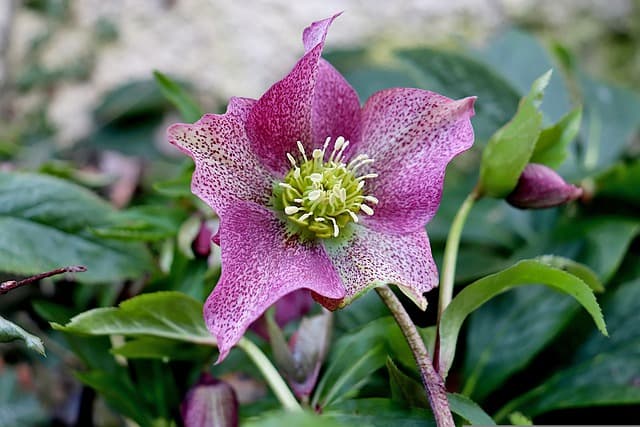
Hellebores, often referred to as Lenten Roses, can be an enchanting addition to your shade garden. These perennials bloom early in the spring, often before most other plants come to life, and they offer stunning flowers in a range of colors, including white, pink, and purple. Their evergreen foliage provides year-round interest, and they thrive in the damp, shaded conditions often found in woodland gardens.
These hardy plants prefer well-drained, rich soil with a consistent moisture level, and while they can tolerate some sunlight, they thrive in partial shade. As a beginner gardener, you can appreciate how low-maintenance Hellebores are once established, as they don’t require much attention beyond watering during dry spells. They’re also beautiful when paired with other shade plants, creating layered heights and colors in your garden.
Bleeding Hearts
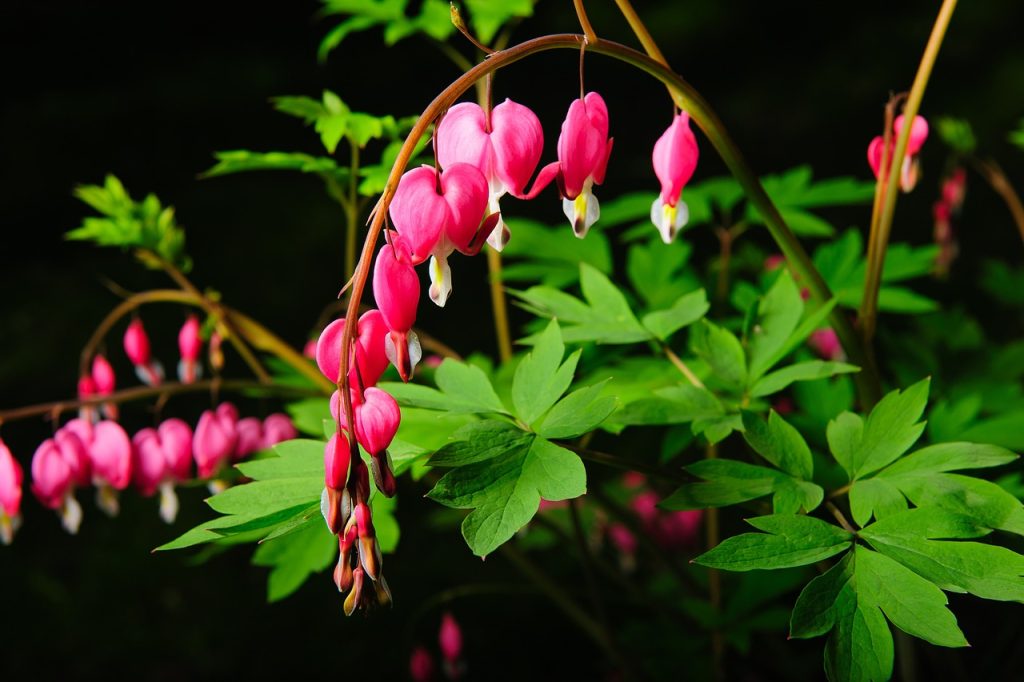
If you’re looking for something truly unique, consider incorporating Bleeding Hearts (Dicentra spectabilis) into your shade garden. Known for their heart-shaped pink blossoms that dangle from arching stems, these perennials add a whimsical touch to your landscape. The foliage is also attractive, resembling delicate ferns, further enhancing their appeal.
Bleeding Hearts prefer moist, shady areas and thrive in fertile, well-draining soil. They are perennial plants that can spread easily, making them a great choice for beginners who want to establish a colorful garden space. Once planted, the stunning blooms appear in early spring and can last through early summer, providing a lovely display that attracts pollinators. With their charming appearance, they can create a focal point or serve as an elegant understory plant beneath taller shrubs and trees.
Camellia
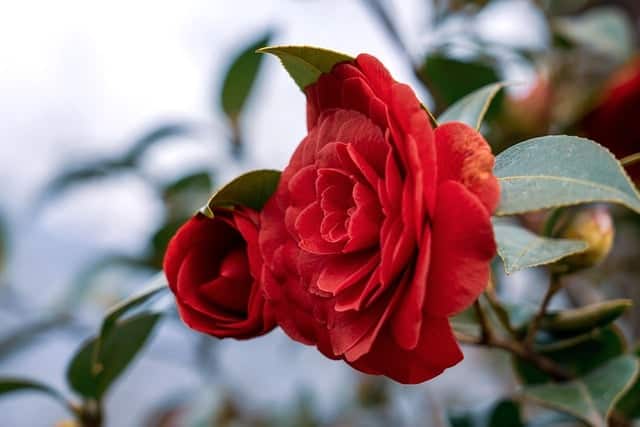
The Camellia is another fantastic plant for shaded areas, known for its luxurious blooms and glossy evergreen leaves. With varieties that flower from fall through spring, they provide consistent color during the colder months, brightening up your shade garden. The flowers can vary in color from white to pink and deep red, adding to the visual interest of your garden.
Camellias prefer slightly acidic, well-drained soil and should be watered regularly during dry periods. They flourish in partial shade but can tolerate more sun with adequate moisture. For beginners, Camellias offer the opportunity to learn about soil pH and proper watering techniques without demanding too much maintenance. With their elegant blooms, Camellias can turn a drab garden corner into a picturesque scene, creating a captivating atmosphere.
Daylilies
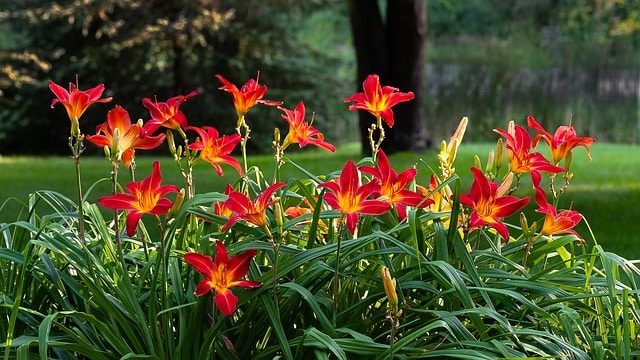
Last but not least, Daylilies (Hemerocallis) are hardy, resilient plants that can thrive in various light conditions, including partial shade. Known for their vibrant blooms that come in a myriad of colors, Daylilies are a celebration of summer. Each flower lasts only one day, but the plant produces multiple buds, giving you a prolonged period of colorful blooms throughout the growing season.
Daylilies prefer well-drained soil and are drought-tolerant once established, making them suitable for the Texas climate. For beginner gardeners, they require minimal care and can adjust to different garden conditions, allowing you to focus on learning and experimenting with your garden without excessive worry. Their versatile nature means they can be used as borders, mass plantings, or as accents among other flowers, helping you create a dreamy shade garden.
Azaleas
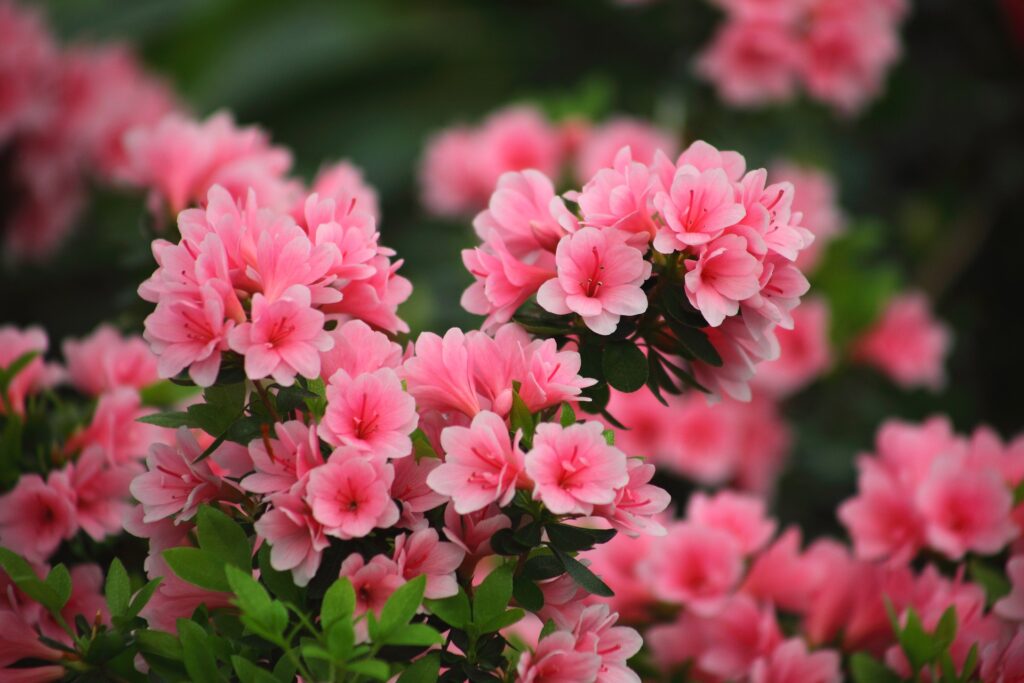
To cap off our list, Azaleas are renowned for their spectacular spring blooms and are a staple in shade gardening. These flowering shrubs come in multiple varieties, featuring blooms in hues of white, pink, and red. Their vibrant flower clusters create an eye-catching display that draws admiration from anyone passing by.
Azaleas thrive in well-draining, acidic soil and prefer partial to full shade, making them a fitting choice for many Texas gardens. It’s important to monitor moisture levels, particularly in the hot months, as they prefer consistently moist soil. As a beginner gardener, Azaleas are a fantastic opportunity to learn about plant care, including fertilization and pruning, while still enjoying immediate bursts of color. Integrate them near shaded areas, and they will complement other shade-loving plants wonderfully.


